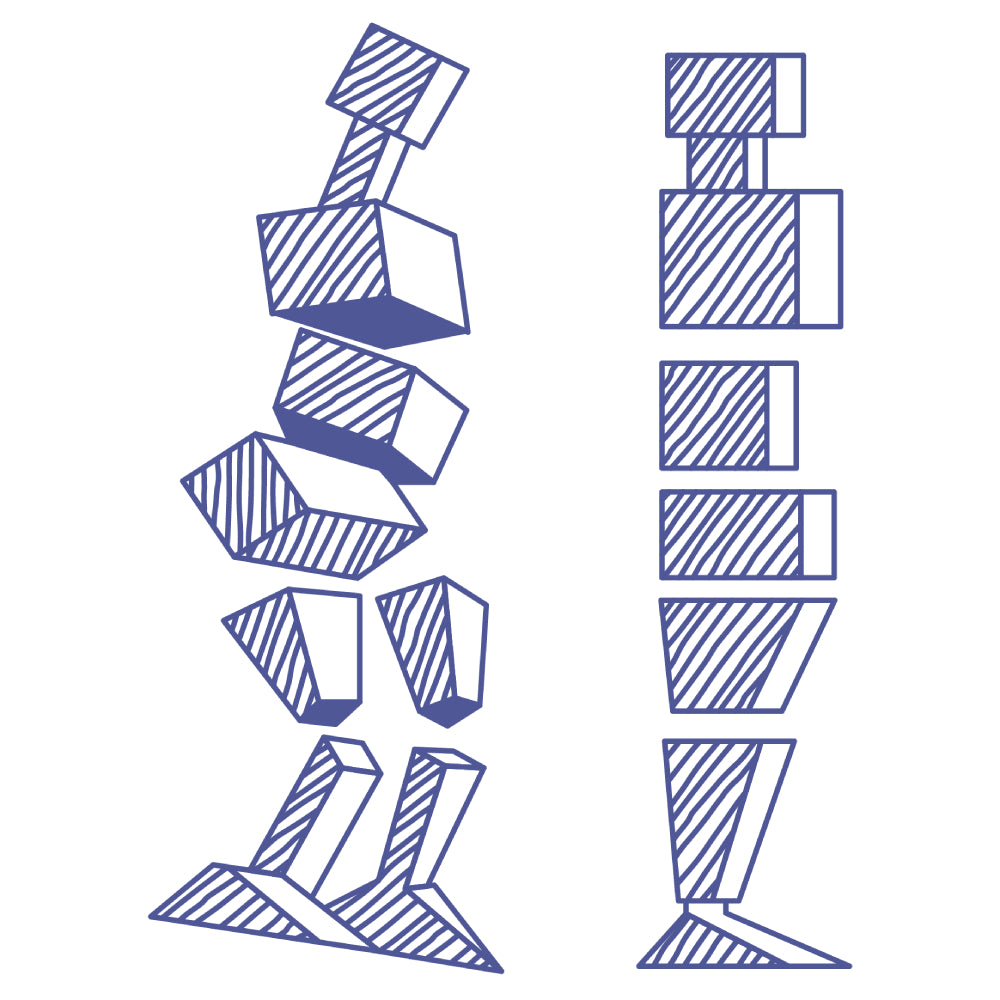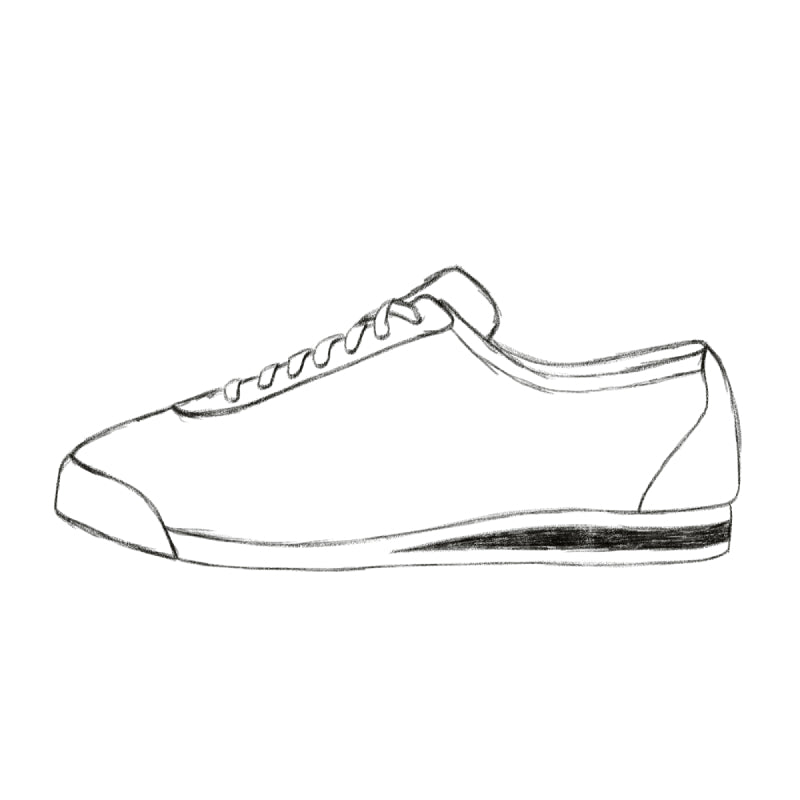HOW TO THINK ABOUT SHOES
Barefootwear Logic
WIDE TOE BOX
Our goal is to allow the feet to function naturally
Everything is Connected

Foundation
An efficient stride, gait, deadlift, kick, jump, etc is a coordinated movement of the entire body.
Our toes, feet, and ankles are our foundation.

Meyer's Line
This is what is called the Meyer's line.
It’s especially important to align our big toes, which are necessary for basic movement patterns.


In Nature
In newborn babies and adult indigenous feet, neither of which have been introduced to modern footwear, we find The Meyers Line is intact

In Nature
We can compare our human anatomy with similar mammals.

Tolos' Fit
Different brands fit different foot shapes.
Tolos fit more sloped than square, but people with all foot shapes are enjoying them because they are universally wider than most shoes.
ZERO DROP
Our goal is to provide the optimal conditions for balancing your system
Finding Balance

Zero Drop
The Term “zero drop” means the shoe has a flat sole from heel to toe. There is not an artificial heel built into the shoe. The average athletic shoe has ~10mm of “drop".

History
The origins of heeled shoes goes back hundreds of years, originally used as a status symbol among royals.

Modern History
The origins of elevated heels in sneakers can be traced to around the 1970s, as experimental running design that became mainstream (another status symbol).

The Anatomy
Spending time in this type of footwear means that the foot and ankle spends the majority of its time in plantar flexion.
“It is quite simple, our bodies are not made to constantly stand on a hill… when we stand, walk, run and generally function on a heeled shoe, our body must adjust its position to accommodate a constant abnormal condition. If our shoes are flat from heel to toe, our body functions as it was intended to do.
- Dr. Andy Bryant, Podiatrist

Plantar Flexion vs Neutral Position
Spending time in Plantar Flexion:
- the front (anterior) muscles, tendons, ligaments, etc. of the lower leg spend time in a stretched, lengthened position.
- The back (posterior) complex is spending the same time in a shortened position.

Finding Balance
It is not bad, to spend time in plantar flexion, but if the goal is balancing your system: constant plantar flexion will cause compensation patterns.
FLEXIBLE
Our goal is to help restore function and reconnect with your senses.
Feel for Yourself

Move and Feel
Flexibility in footwear is important for two main reasons:
- Allow feet to move naturally.
- Allow feet to feel naturally.

Stiffer ≠ Better
Currently we are told (by “experts”): Stiffer is better and more cushion = more comfort.
But the foot is a complex body part. Each foot has 26 bones, 33 joints, and 100+ muscles, tendons, and ligaments.


Cast Metaphor
We all understand that spending time “supported” and immobilized in a cast or sling causes our arms to weaken, stiffen, and atrophy.
We also understand that the goal is to remove the sling and gradually improve strength, mobility, and function as tolerated.

Ground Antennas
Our feet are sensory organs providing our bodies information about our environment.
Each foot has over 8000 sensory nerve endings (some estimates are actually 200,000+).
TRANSITIONING TO BAREFOOTWEAR
Your body likely needs time to develop the strength and make adjustments to trained movement patterns.
Transition shoes are:
- Wide
- Flat
- Flexible, but have more cushion than pure barefoot shoes.




















